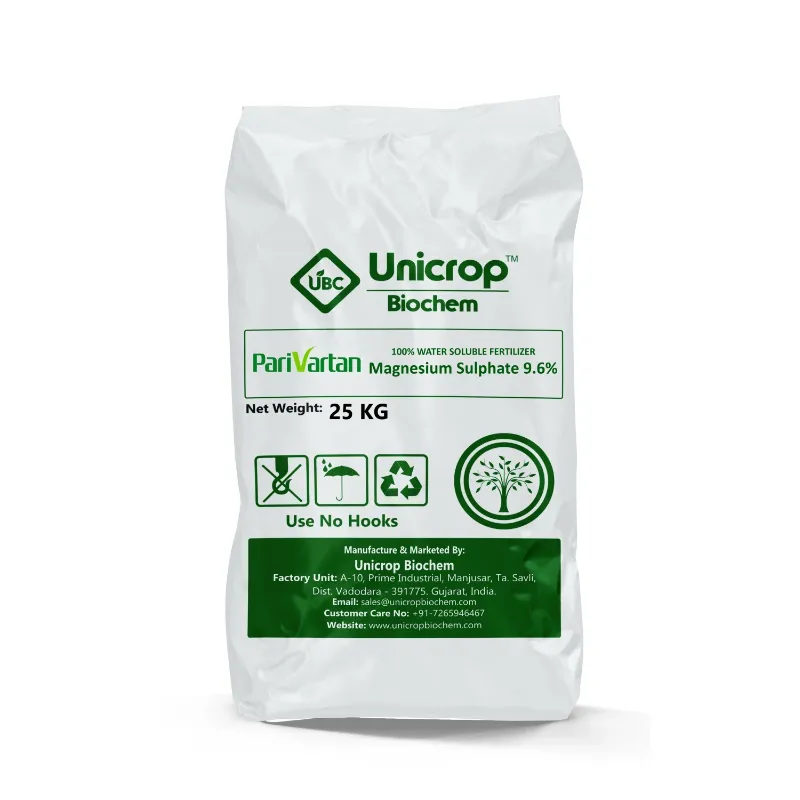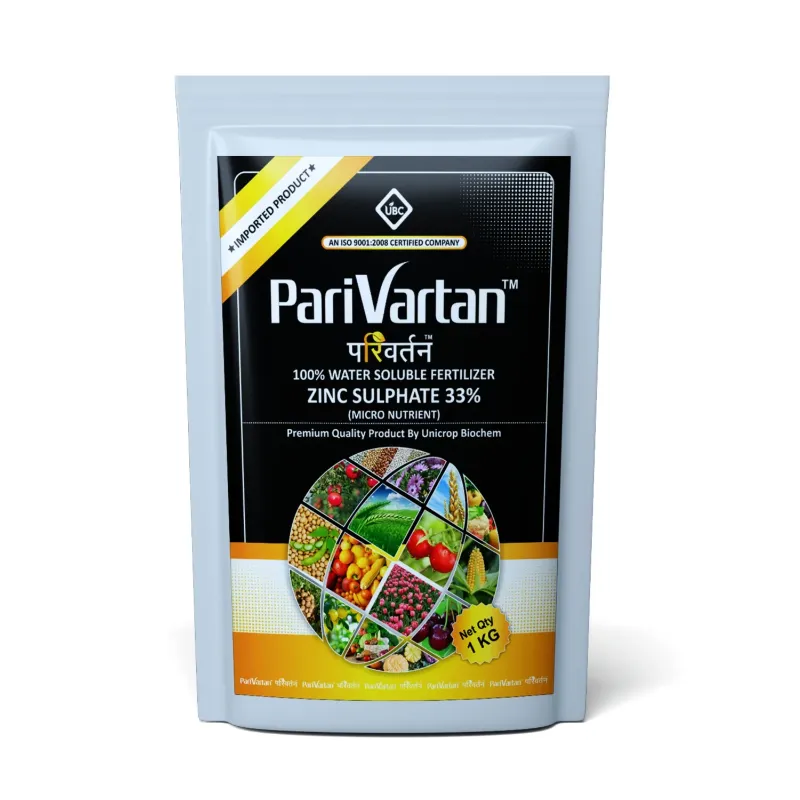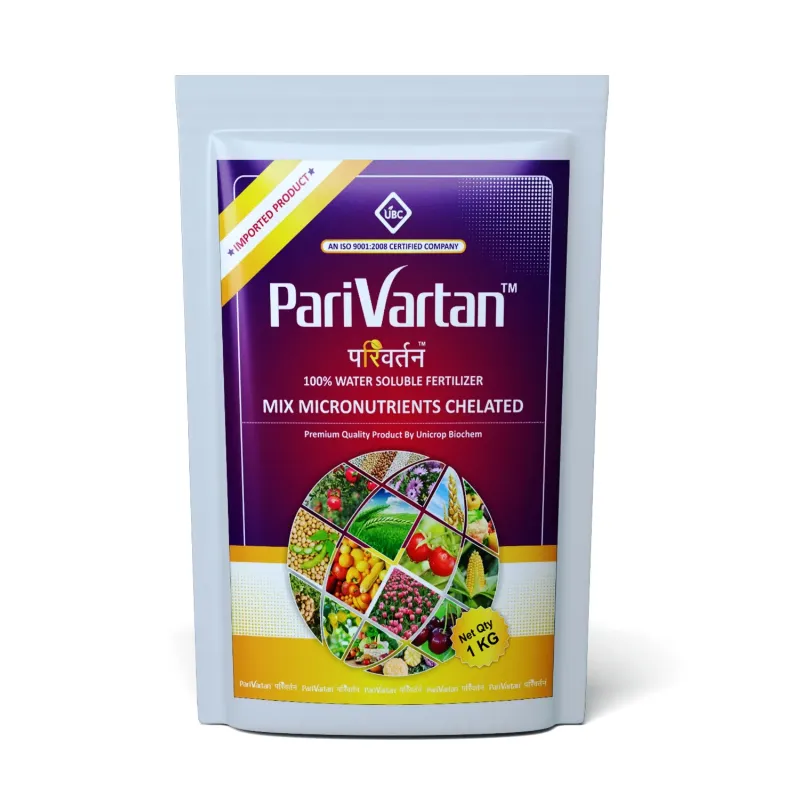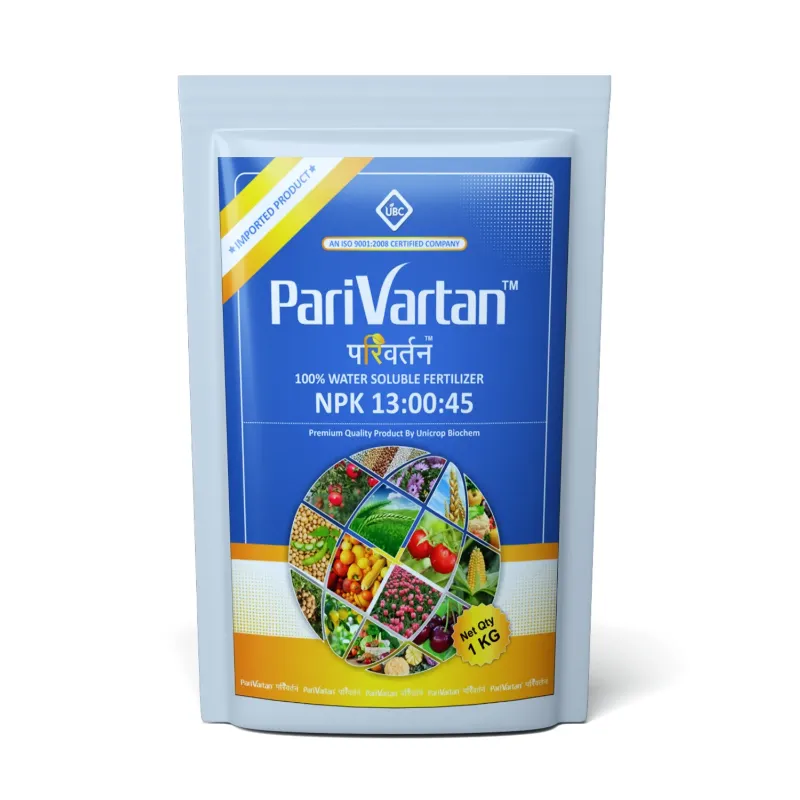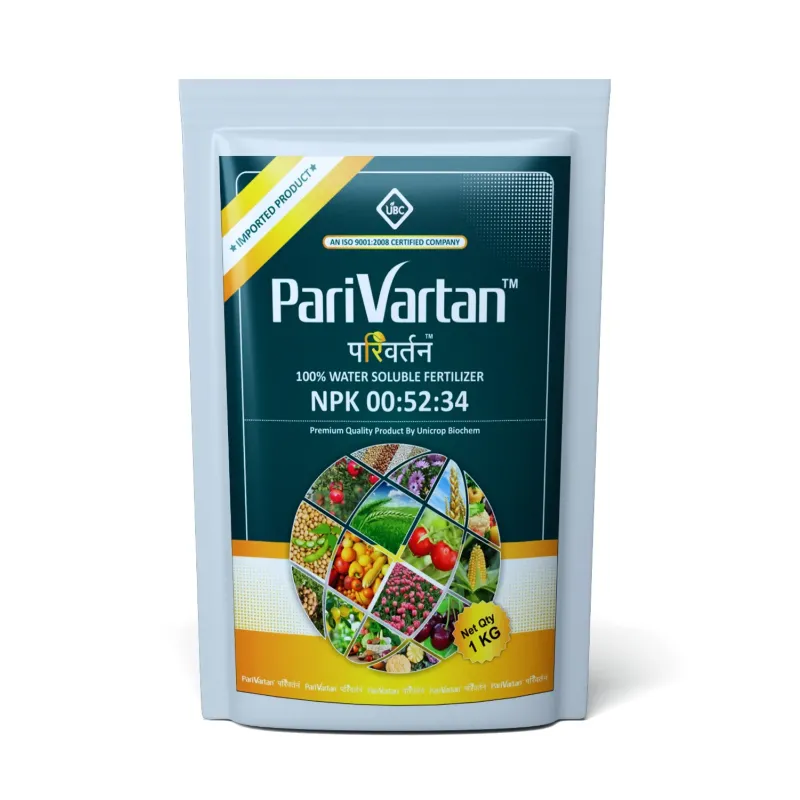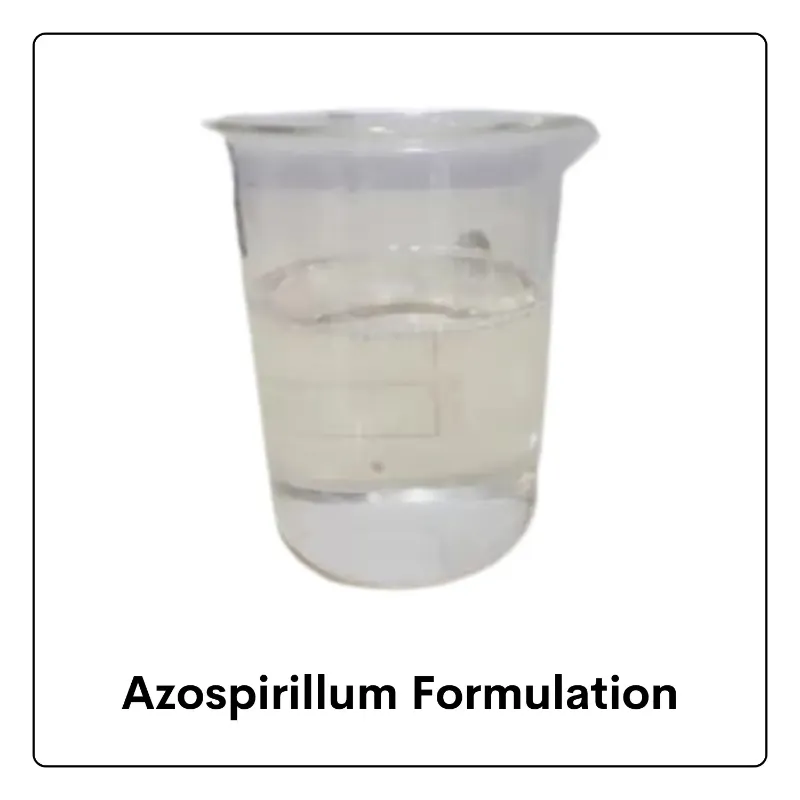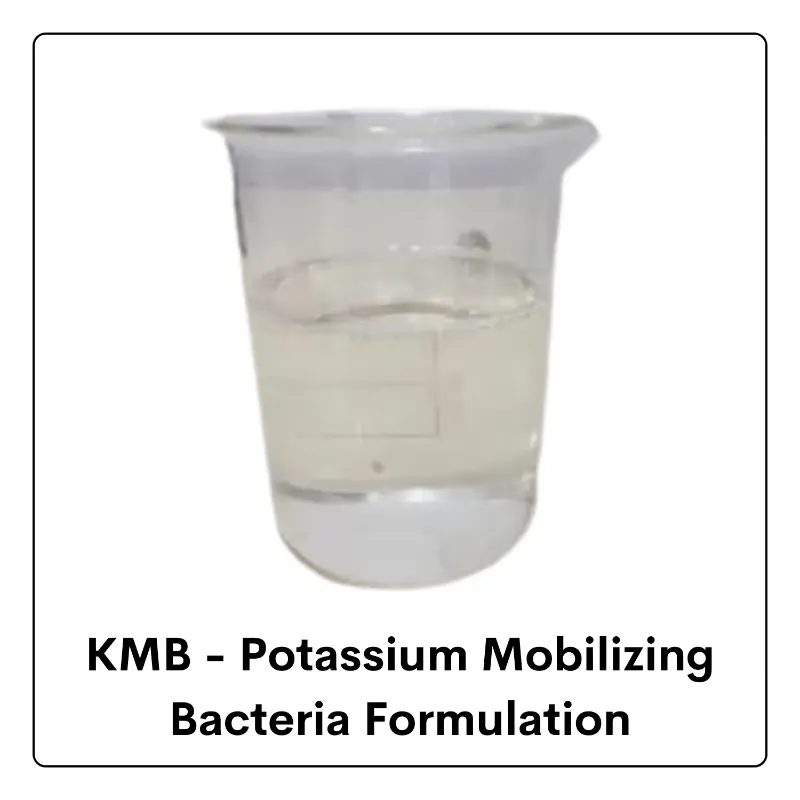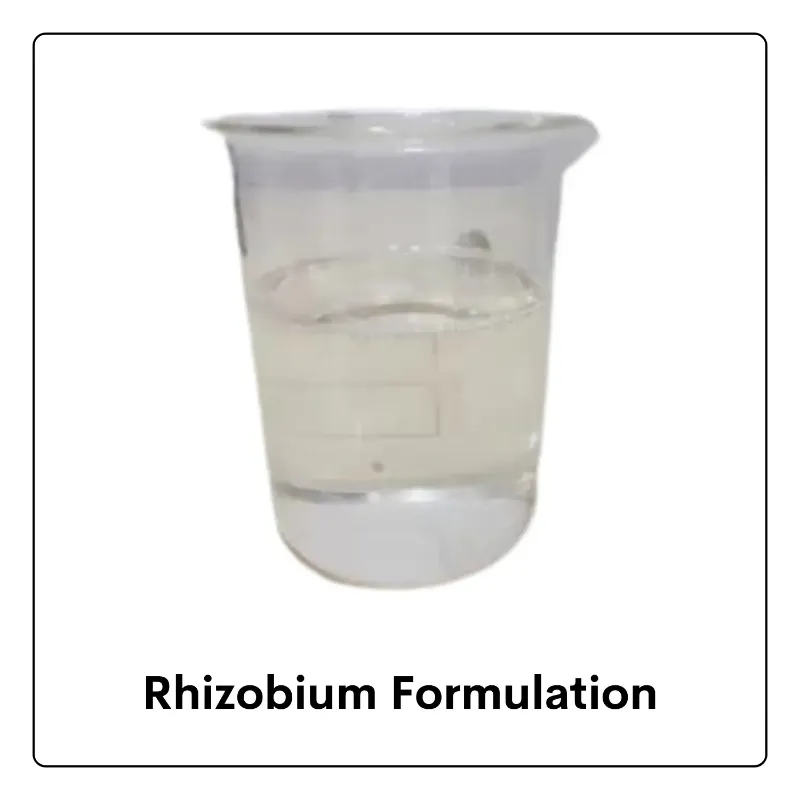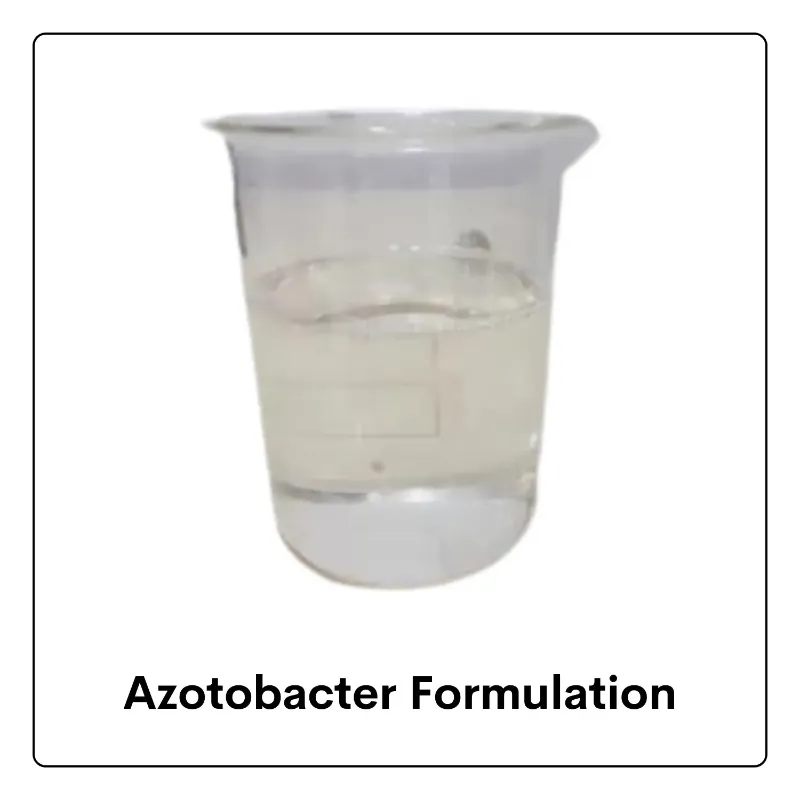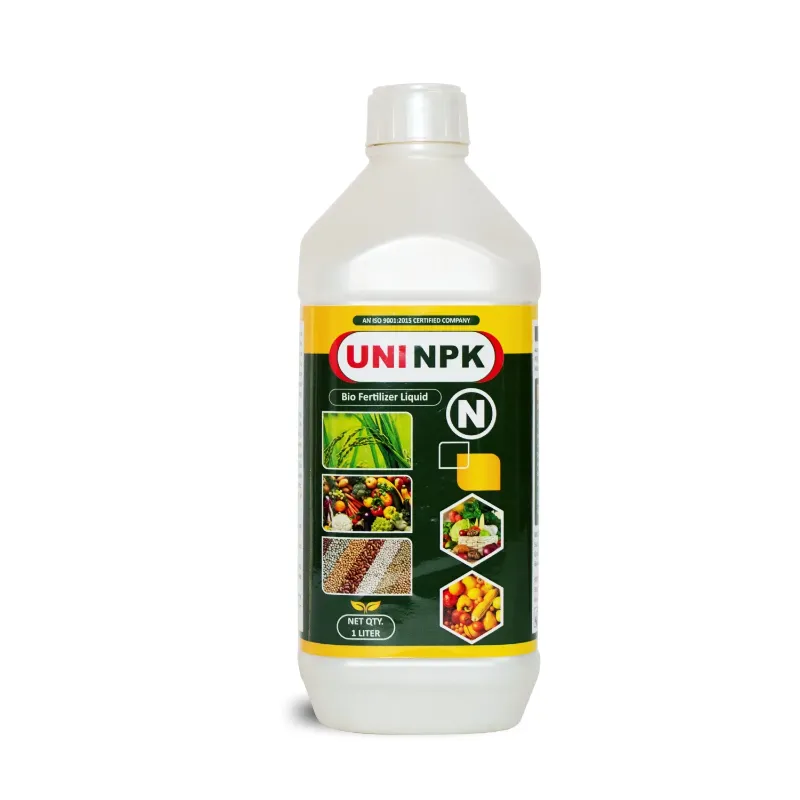Nutrient deficiencies in plants can significantly impact their growth, health, and yield. Properly identifying and addressing these deficiencies is crucial for maintaining healthy crops and ensuring a successful harvest. In this blog, we will explore how to recognize common nutrient deficiencies in plants, understand their causes, and implement effective strategies to correct them.
Identifying Nutrient Deficiencies in Plants
The first step in addressing nutrient deficiencies is to correctly identify them. Different nutrients affect plants in various ways, and deficiencies often manifest in specific symptoms. Here are some common nutrient deficiencies and how they can be identified:
1. Nitrogen Deficiency
- Symptoms: Yellowing of older leaves (chlorosis), stunted growth, and reduced yield.
- Identification: Nitrogen deficiency is one of the most common nutrient problems in plants. It typically starts with the yellowing of the lower leaves, while the newer leaves may remain green.
2. Phosphorus Deficiency
- Symptoms: Dark green or purplish color on the leaves, especially on older foliage, delayed maturity, and poor root development.
- Identification: Phosphorus deficiency often causes a distinct purpling of the leaf veins or the entire leaf. Growth is usually slow, and the plant may appear stunted.
3. Potassium Deficiency
- Symptoms: Browning or scorching of leaf edges (marginal necrosis), weak stems, and poor resistance to drought and diseases.
- Identification: Potassium-deficient plants often show browning at the leaf margins, starting with the older leaves. The plant may also appear weak and less vigorous.
4. Calcium Deficiency
- Symptoms: New leaves are distorted or curled, blossom end rot in fruits (like tomatoes), and weak roots.
- Identification: Calcium deficiency is most noticeable in new growth. Leaves may appear crinkled or distorted, and fruits can develop brown, sunken spots.
5. Magnesium Deficiency
- Symptoms: Interveinal chlorosis (yellowing between veins) on older leaves, leaf drop, and reduced photosynthesis.
- Identification: Magnesium deficiency typically affects older leaves first, causing them to turn yellow while the veins remain green. In severe cases, leaves may drop prematurely.
6. Iron Deficiency
- Symptoms: Yellowing of young leaves, with veins remaining green (interveinal chlorosis).
- Identification: Iron deficiency usually appears in the youngest leaves, with yellowing between the veins. The symptoms can look similar to magnesium deficiency but affect newer growth.
Causes of Nutrient Deficiencies
Understanding the causes of nutrient deficiencies is key to preventing and correcting them. Several factors can lead to nutrient imbalances in the soil:
1. Soil pH
- Soil pH plays a significant role in nutrient availability. For example, certain nutrients like iron and manganese become less available in alkaline soils, while phosphorus becomes less available in very acidic soils. Testing and adjusting the soil pH can help ensure that nutrients are accessible to plants.
2. Soil Structure and Composition
- Poor soil structure, compaction, or low organic matter can limit root growth and nutrient uptake. Sandy soils may leach nutrients quickly, while clay soils may hold onto nutrients too tightly, making them unavailable to plants.
3. Watering Practices
- Overwatering or underwatering can affect nutrient availability. Excessive water can leach nutrients from the soil, especially in sandy soils, while insufficient water can prevent roots from absorbing nutrients effectively.
4. Imbalanced Fertilization
- Applying too much of one nutrient can cause an imbalance and lead to deficiencies in other nutrients. For example, excessive nitrogen fertilization can inhibit the uptake of potassium and magnesium.
Addressing Nutrient Deficiencies
Once a nutrient deficiency has been identified, it’s essential to address it promptly to restore plant health and productivity. Here are strategies to correct nutrient deficiencies:
1. Soil Testing
- Conducting a soil test is the most accurate way to diagnose nutrient deficiencies and determine the soil’s nutrient levels and pH. Based on the results, appropriate fertilizers or soil amendments can be applied to correct deficiencies.
2. Balanced Fertilization
- Applying a balanced fertilizer that provides a complete range of essential nutrients can help address multiple deficiencies at once. It’s important to follow recommended application rates to avoid over-fertilization.
3. Targeted Nutrient Applications
- For specific deficiencies, targeted applications of the deficient nutrient can be more effective. For example, applying a nitrogen-rich fertilizer for nitrogen deficiency or using calcium nitrate to correct calcium deficiency.
4. Soil Amendments
- Organic matter, such as compost or well-rotted manure, can improve soil structure, increase nutrient availability, and provide a slow release of essential nutrients. Lime can be added to raise soil pH and improve nutrient availability, while sulfur can be used to lower pH.
5. Foliar Feeding
- Foliar feeding involves spraying a nutrient solution directly onto the leaves, allowing plants to absorb nutrients quickly. This method is particularly effective for correcting deficiencies in micronutrients like iron, magnesium, and manganese.
6. Adjusting Irrigation Practices
- Ensuring proper watering practices can help prevent nutrient leaching and improve nutrient uptake. Watering deeply and less frequently encourages deeper root growth and better access to nutrients.
Preventing Future Nutrient Deficiencies
Preventing nutrient deficiencies is just as important as correcting them. Here are some practices to help maintain balanced nutrient levels in your soil:
1. Regular Soil Testing
- Conduct regular soil tests to monitor nutrient levels and pH. This will help you adjust your fertilization practices and prevent nutrient imbalances from developing.
2. Proper Crop Rotation
- Rotating crops with different nutrient requirements can prevent the depletion of specific nutrients in the soil. For example, legumes can fix nitrogen in the soil, benefiting subsequent crops.
3. Cover Cropping
- Planting cover crops like clover, rye, or vetch can help improve soil fertility by adding organic matter, fixing nitrogen, and preventing soil erosion. Cover crops also help maintain soil structure and reduce nutrient leaching.
4. Organic Matter Incorporation
- Regularly adding organic matter to the soil, such as compost, manure, or green manure crops, can improve soil fertility, enhance nutrient availability, and support beneficial soil organisms.
5. Mindful Fertilization
- Avoid over-fertilizing, which can lead to nutrient imbalances and environmental pollution. Instead, apply fertilizers based on soil test results and the specific needs of your plants.
Conclusion
Nutrient deficiencies in plants can be a major obstacle to achieving healthy, productive crops. By recognizing the symptoms of common deficiencies, understanding their causes, and implementing effective correction strategies, farmers and gardeners can maintain optimal plant health and improve crop yields.
Preventing nutrient deficiencies through regular soil testing, balanced fertilization, and sustainable farming practices is essential for long-term soil fertility and agricultural success.Unicrop Biochem offers a wide range of products designed to help address these issues and support healthy plant growth. By incorporating these products into your farming practices, you can ensure that your plants receive the nutrients they need to thrive, leading to better yields and overall crop quality.
